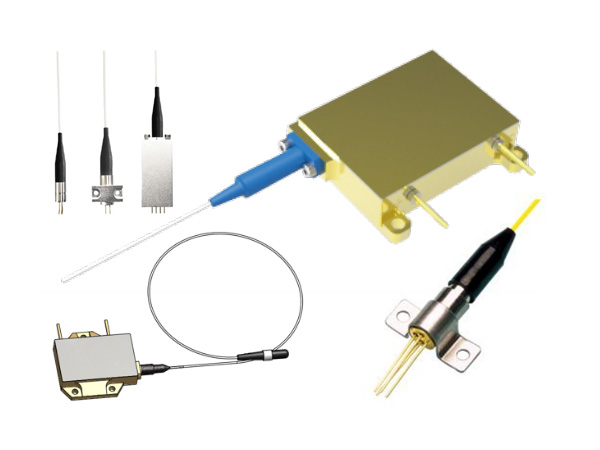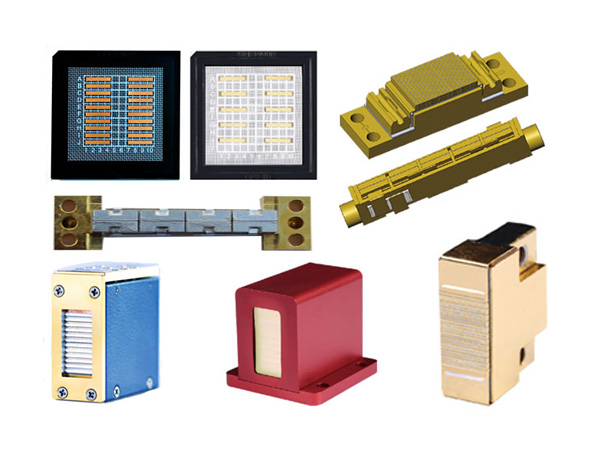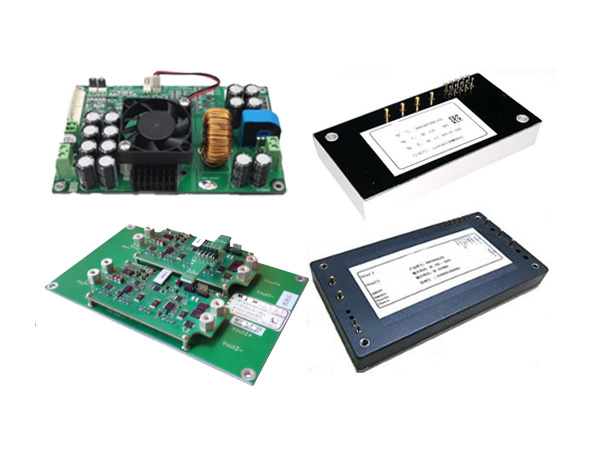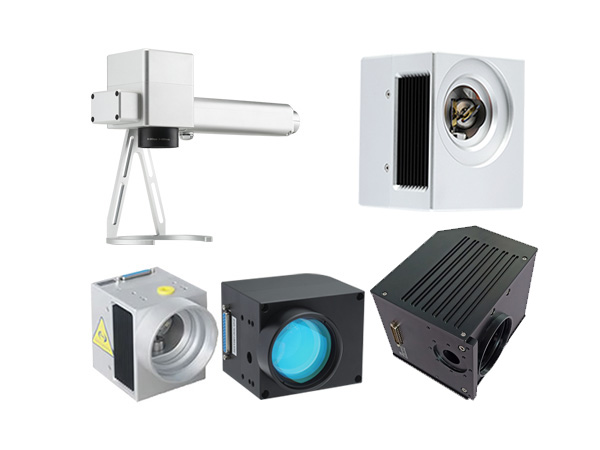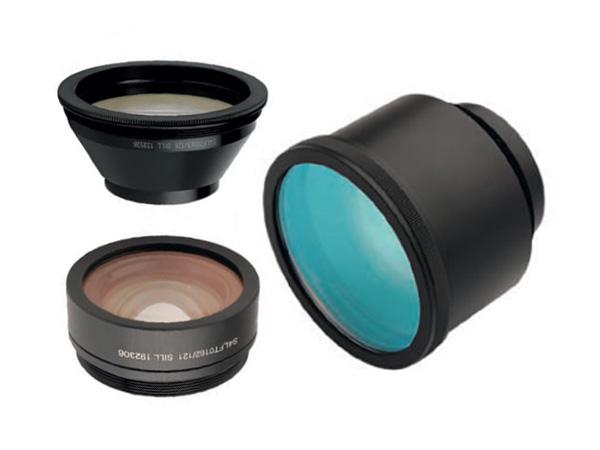Laser applications in dentistry
Lasers have been practically used in dental surgery for nearly 30 years and have now become a routine part of dental treatment, either as an adjunctive treatment or as a stand-alone addition to dental equipment. Often referred to as dental laser therapy that belongs to the category of laser dentistry. Laser dentistry includes periodontal therapy, assisted periodontal regeneration, oral implants, minimally invasive oral surgery, restorative dentistry, endodontics, oral and maxillofacial therapy, orthodontics, and other areas.
Lasers make the process easier, faster, and less stressful for the patient, and their role in the treatment of dental and oral diseases has been widely recognized.
Treatment Program Introduction
According to the optical properties of the oral tissues, the light energy from the laser undergoes 4 different interactions with the target tissues, including: reflection, absorption, projection and scattering. In addition, photobiological effects can be categorized into photothermal, photochemical, fluorescent and microburst effects.
For the main treatment items of oral healthcare, lasers commonly used internationally include: 808, 830, 980nm semiconductor lasers, Nd: YAG lasers, 2940nm erbium lasers and CO2 lasers. The following is a brief introduction to a few of these treatment programs for the oral cavity:
Periodontal treatment:
808, 830 and 980nm are suitable for non-surgical periodontal treatment, it has bactericidal effect and helps coagulation; 1064nm wavelength of Nd:YAG has the most absorption of melanin, less absorption of hemoglobin, slightly absorbed in water, it has bactericidal and hemostatic effect; 2940nm of Er:YAG and 2780nm of ErCr:YSGG is the peak of absorption in water, poor absorption of hemoglobin due to the The presence of water mist, heat elevation is small, limiting the hemostatic coagulation effect, but there is no postoperative discomfort, there is a faster healing speed. Er:YAG 2940nm is more commonly used in erbium lasers.
Laser oral hemostasis:
Nd: YAG's 1064nm and 808, 830, 980nm semiconductor laser is more easily absorbed by hemoglobin, for the high concentration of hemoglobin tissues, the postoperative creation of a good hemostatic environment, but CO2 laser hemostasis mechanism is different, is the blood vessel wall collagen absorption of CO2 wavelengths to break down the collagen helix polymer, this tectonic change caused by the contraction of collagen fibers to direct the contraction of blood vessel official lumen This change in structure causes the collagen fibers to contract, which leads to the contraction of the lumen of the blood vessel, thus producing hemostasis.
For patients taking anticoagulant medications such as aspirin and platelet aggregation inhibitors, including those who consume vitamin E, ginkgo, cinnamon, cayenne pepper, curry, and other herbs and spices rich in salicylic acid that affect coagulation, anticoagulation is not a problem with laser therapy. Due to the poor hemostatic efficacy of the erbium laser (2940 nm) for gingivectomy (less likely to be absorbed by hemoglobin), coagulation is usually done after the procedure with lasers such as semiconductor, Nd:YAG, or CO2.
Crown Lengthening:
Crown lengthening restores the shape and enhances the patient's smile (i.e., avoids excessive gingival exposure when smiling) by contouring the gingiva, sometimes requiring a surgical guide, with incisions made with a laser along the edges of the guide.Semiconductor lasers of 808, 830, and 980 nm, and 1064 nm lasers of Nd:YAG, which are targeted to the soft gingival tissues, can only be replaced with an Er if the lengthening requires changes in the bone structure: YAG's 2940nm laser.
Ligotomy:
All wavelength lasers can be used for ligature resection, but the depth of penetration of semiconductor and Nd:YAG (500 μm) is much higher than that of erbium lasers (2940 nm) or CO2 lasers (5-40 μm), and it should be controlled during the procedure to prevent periosteal and jawbone damage.
Dental Application Products
For various therapeutic applications in stomatology, Apricot Forest Raycom has developed a series of products with different power and package structures, including single wavelengths such as 808nm or 980nm, multi-wavelength semiconductor laser modules such as 808/980nm, 638/808/980nm, 638/808/915/980nm, as well as the HQF, HQE series of lasers, which can be widely used in periodontal therapy, oral implantation, oral minimally invasive surgery, dental restoration, endodontics, oral maxillofacial treatment, orthodontics and other treatments. These lasers are widely used in periodontal treatment, oral implantation, minimally invasive oral surgery, dental restoration, endodontic treatment, oral and maxillofacial treatment, orthodontics and other treatments, and can also be customized according to the customer's requirements of 2940nm Er: YAG lasers.
Wuhan Sintec Optronics has been focusing on the independent research and development and industrialization of lasers and laser application systems for more than ten years. Meanwhile, Sintec Optronics shoulders the mission of cultivating excellent engineering talents for the optoelectronic industry, and has already provided a lot of innovative and competitive products for the customers in the fields of analytical instrumentation, medical cosmetology, radar ranging, laser processing and scientific research and teaching.
 English
English Français
Français Deutsch
Deutsch euskara
euskara Русский язык
Русский язык Italiano
Italiano Português
Português Nederlands
Nederlands Polski
Polski Greek
Greek Lietuva
Lietuva Türkçe
Türkçe 日本語
日本語 한어
한어 中文
中文 தாமில்
தாமில் فارسی
فارسی हिंदी
हिंदी Tiếng Việt
Tiếng Việt ภาษาไทย
ภาษาไทย Pilipino
Pilipino Indonesia
Indonesia தாமில்
தாமில்
